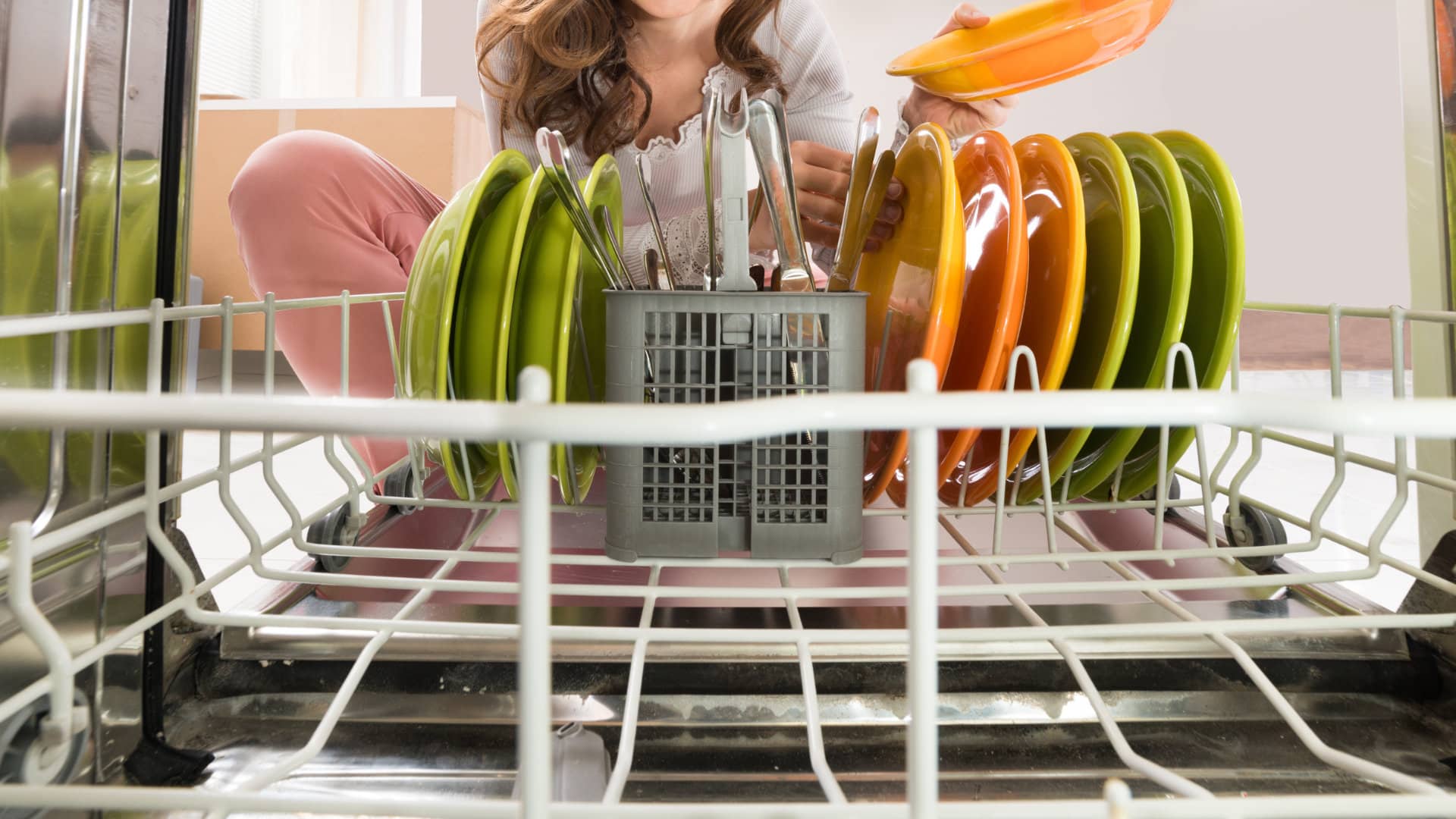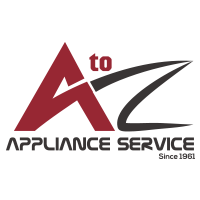
Whether your washer is not spinning at all or spinning too slowly to rinse the clothes, the issue is likely to be related to the type of system the washer uses to spin the tub or basket. However, in some cases, a defective door lock or lid switch may be responsible for the issue. While fixing the issue will likely require disassembling the washer, with our guide to help, you may be able to fix the washer without having to pay for a technician.
Make sure the washer is disconnected from the power and that the water supply to the washer is turned off before accessing the washer.
What kind of washer do you have?
The reason your washer is not spinning can depend on the type of washing machine you have. For instance, top-load washers will often not spin because of a faulty lid switch, while front-load washers may have a defective door lock. Top-load washers also have different drive systems that are responsible for agitating and turning the tub. The washer may use a drive belt, a motor coupler, or a stator and rotor to spin and agitate the tub.
It helps to know which kind of washer you have so that you can identify the problem and how you can fix it.
Defective lid switch or door lock
Both top-load and front-load washers have safety features to stop the washer from spinning if the door or lid is open. Top-load washers have a lid switch mechanism, and front-load washers have a door lock (also known as an interlock).
Both features can be checked by closing the door or lid and making sure you hear a click and that door or lid is properly closed. Another way to diagnose the issue is if your washer displays error codes, there should be an error code to tell you if one of these features is defective. If you suspect that the door lock or lid switch is defective, it can be removed from the washer and tested for continuity with a multimeter. If there is no continuity, the door lock or lid switch is defective and needs to be replaced.
Defective motor coupler
If your washer has a motor coupler that transfers power from the motor to the transmission, the motor coupler may be defective and cause the washer not to spin. The washer may be able to agitate with a defective coupler, but it will not be able to spin the tub. Motor couplers often wear out over time, especially if they have been overloaded.
The coupler is located underneath the washer tub. The washer will likely need to be put on its back or the cabinet disassembled to access and replace the coupler. You will likely need to remove the pump and motor to access the coupler.
Once you have located the motor coupler, inspect it for damage. If the motor coupler is damaged, it should be replaced.
Defective clutch
Some top-load washers have either an external clutch or an internal clutch in the transmission. The clutch will become defective if its spring breaks or pads wear out. If the clutch is defective, you may have noticed the pads making a scraping sound, a poor spin speed resulting in wet clothes after a cycle, a burning smell, loud noise during the cycle, or shavings underneath the washer.
The clutch is typically found underneath the washer tub, attached to the basket drive assembly. The drive motor and transmission will likely need to be removed to access the clutch. If the clutch is inside the transmission, it is a more difficult repair that requires a trained technician.
The clutch should be checked for signs of burning and wear and tear. If your washer has trouble spinning and the clutch is damaged, replace it.
The washer cabinet may need to be disassembled or the washer put on its back to access and replace the clutch.
Broken drive belt
If your washer uses a drive belt to spin the tub or basket, the washer may not be spinning because the belt has broken or become loose over time. The belt may also have come off one of the pulleys it wraps around.
With front-load washers that use a drive belt, the belt connects the drive motor to the basket. The belt on a top-load washer connects the drive motor to the transmission.
Depending on the type of washer, you may need to remove the washer cabinet, remove the rear-access panel (and perhaps the top panel), or the washer may need to be put on its back to access the belt underneath the washer.
If the belt has come off a pulley, you may be able to put it back on to fix the problem. However, if the belt is worn, broken, or without the tension it needs, it will need to be replaced.
Defective stator or rotor assembly
Some top-load and front-load washers have a stator and rotor assembly, which create a magnetic field to make the tub or basket spin. Over time the stator windings or rotor magnets may fail, causing the washer not to spin.
Depending on the issue and the type of washer, either the rotor or stator or both of them may need to be replaced to fix the problem.
The stator and rotor are usually accessible with a front-load washer by removing its rear access panel or by disassembling the washer cabinet. With top-load washers, the cabinet may need to be disassembled, or the washer may need to be put on its back to access the stator and rotor underneath the tub.
Other less likely causes
If the above issues are not causing your washer’s problem, the following components should be checked and replaced if found to be defective.
- The drive motor
- The motor control board
- The shifter mechanism (switches from agitation to spin mode)
- Suspension rods, pads, or springs
- Draining component (the washer cannot drain)
- The main control board
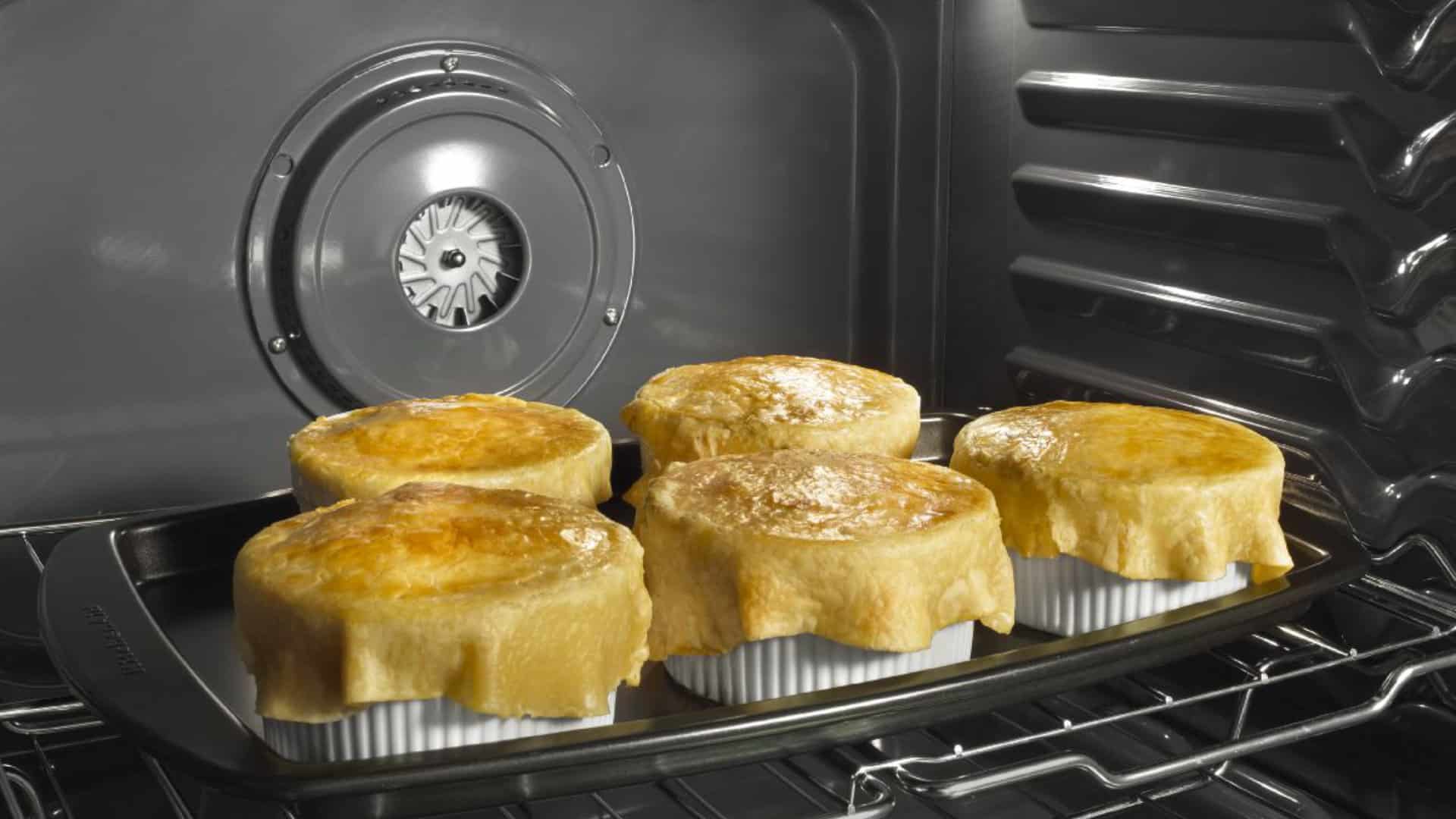
How to Fix Whirlpool Stove F9 Code

Fix Whirlpool Duet’s F20 Error Code

Freezer Working But Not Fridge? 5 Fixes

Speed Queen Washer Error Codes Explained

7 Reasons Why Your KitchenAid Ice Maker Isn’t Working

LG Oven F9 Error: Here’s How to Fix It
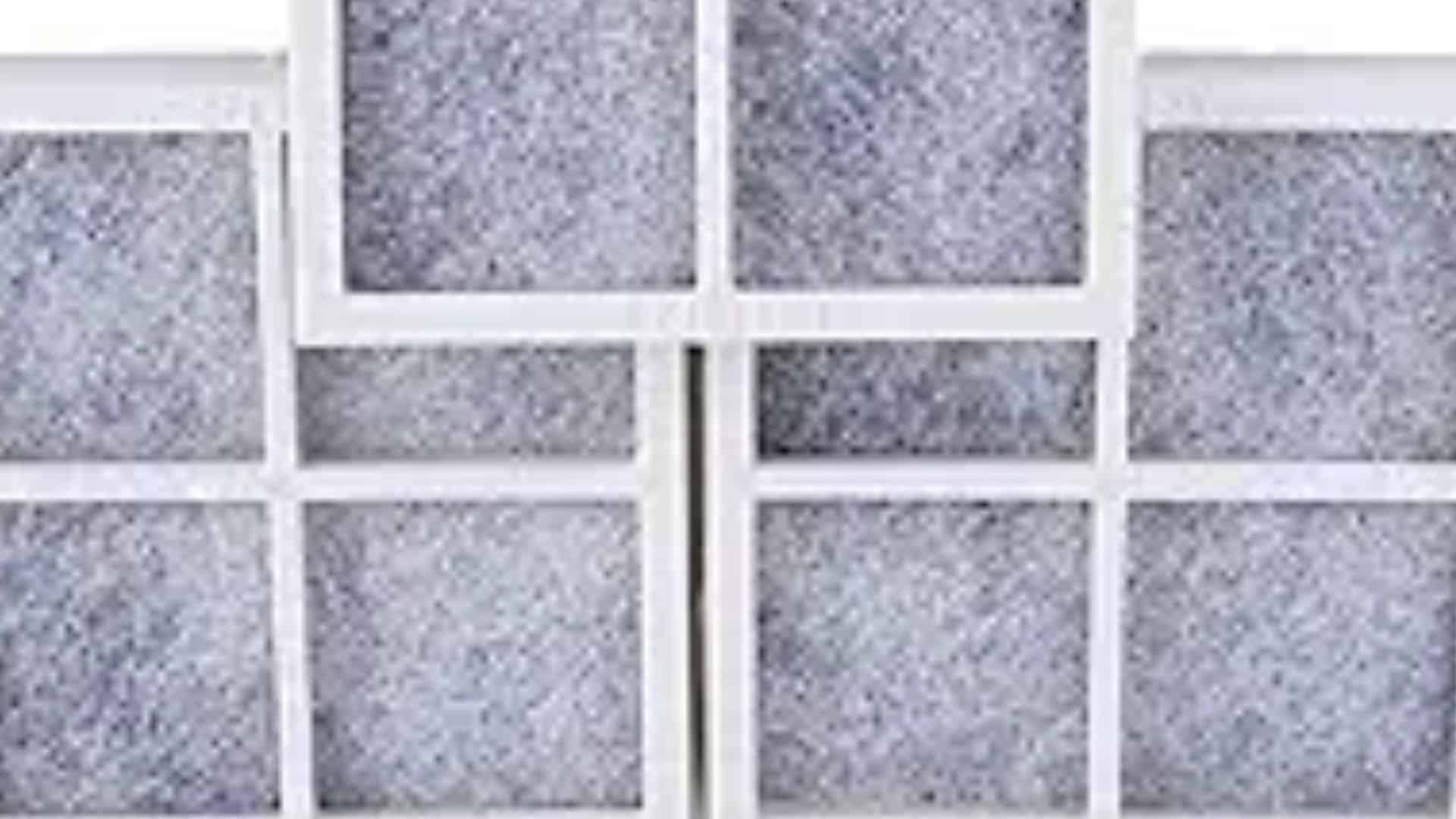
How to Replace an LG Refrigerator Air Filter
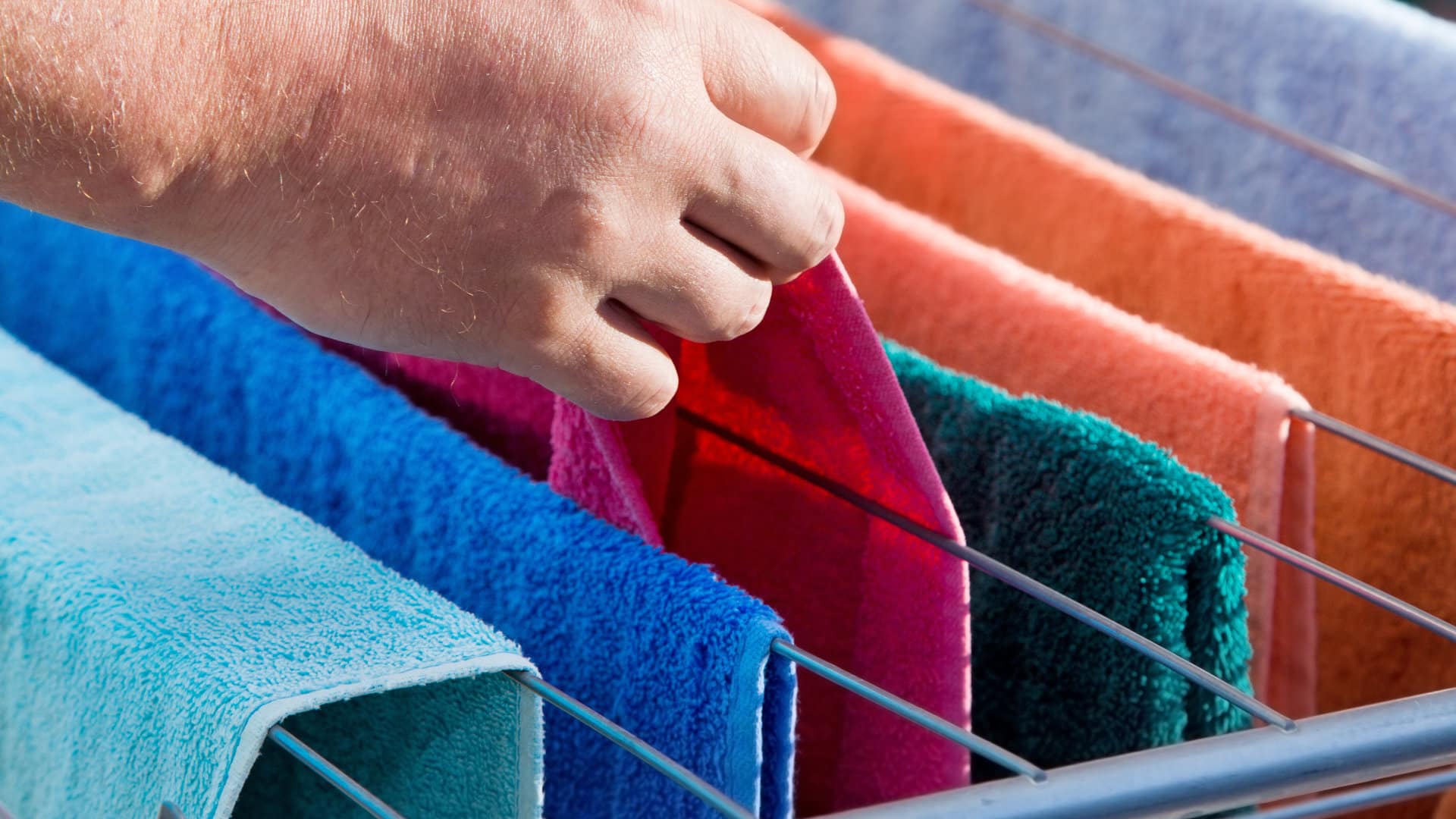
What Do Dryer Sheets Do?

How to Cook Corn on the Cob in the Microwave
